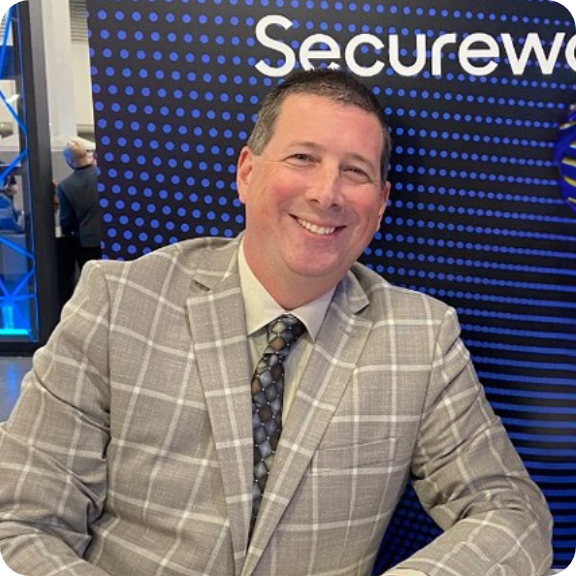Your cart is currently empty!
Card Skimmer Myths and Truths: What You Really Need to Know
For most of us, swiping or inserting a debit or credit card has become second nature. We do it at gas pumps, ATMs, and retail checkouts without a second thought. Unfortunately, thieves are counting on that convenience. Card skimmers—tiny, hidden devices criminals install to steal card data—have been on the rise for years. Despite increased awareness, myths about skimmers continue to circulate, leaving consumers with a false sense of security.
Let’s cut through the noise and separate fact from fiction.

Myth #1: You can spot a skimmer just by jiggling the card reader.
Truth: While this advice gets repeated often, it’s not reliable. In some cases, external skimmers that clip onto the front of an ATM or gas pump reader may feel loose, but criminals have gotten much more sophisticated. Many modern skimmers are installed inside the machine, directly on the card reader’s circuit board. These “deep insert skimmers” are invisible from the outside and won’t budge no matter how much you push or pull.
The jiggle test might occasionally detect a crude overlay, but relying on it is like trying to catch a pickpocket by patting your pockets once in a while—it won’t stop most thieves.

Myth #2: Skimmers only target shady or out-of-the-way locations.
Truth: Skimmers have been found everywhere, from rural gas stations to high-end banks in busy downtown areas. Criminals don’t just target “bad neighborhoods.” They look for machines with poor security, easy access, or a lot of foot traffic.
In fact, busy locations are often more attractive to criminals because a higher number of cards means more stolen data in less time. Assuming a location is safe simply because it looks clean or upscale can make you more vulnerable.

Myth #3: EMV chip cards can’t be skimmed.
Truth: Chip technology is safer than magnetic stripes, but it’s not foolproof. Skimmers can still intercept data from the card’s magnetic stripe, which many cards still carry for backward compatibility. Some devices also use shimmers—thin, card-like inserts that sit inside the reader—to capture data from the encrypted chip interface itself.
Worse, criminals often pair skimmers with hidden cameras or fake keypads to steal PINs. Even if the chip prevents duplication of your exact card, thieves may use the stolen data for online fraud, where a physical card isn’t required. And if that news isn’t bad enough, many criminals go so far as to jam the EMV slot with obstructions or even super glue forcing consumers to resort to using the less secure magnetic card swiper on the POS (Point-of-Sale) terminal.

Myth #4: You can always see when a pump or ATM has been tampered with.
Truth: In the early days of card skimming, clunky overlays and mismatched plastics sometimes gave skimmers away. Today, many devices are custom-made to fit perfectly and look identical to factory equipment. Unless you’re trained to spot subtle signs of tampering, you may never notice.
Some criminals don’t alter the outside of the machine at all—they open the cabinet with stolen keys or universal pump locks, then install internal skimmers that leave no visual trace. From the outside, the machine looks perfectly normal.

Myth #5: Contactless payments (tap-to-pay) are just as risky.
Truth: While some people worry about “wireless skimming” or thieves reading cards from a distance, this is far less common than card reader skimming. NFC-based contactless payments use encryption and dynamic transaction codes, which are very difficult to clone. In reality, tapping your card or phone is usually safer than swiping or inserting. However, that hasn’t stopped some criminals from drilling directly into the NFC interface, thereby disabling the tap-to-pay option and forcing users to the less secure magnetic card swiper on the POS (Point-of-Sale) terminal.
The real risk is still at the machine itself, not in your wallet.

Myth #6: If you check your bank statements often, you don’t need to worry.
Truth: Monitoring your accounts is important—it helps you catch fraud quickly. But by the time you see unauthorized charges, your information has already been stolen. Early detection is valuable, but prevention is better. Once your data is compromised, you may spend weeks replacing cards, updating accounts, and disputing charges.
The Hidden Truth: Skimmers are Evolving Faster Than Public Awareness
The bottom line is that skimming technology is advancing. Criminals are moving beyond bulky overlays to ultra-thin shimmers, Bluetooth-enabled transmitters, and deep-insert devices that hide inside machines. These devices can transmit stolen data wirelessly, so thieves don’t even need to return to the pump or ATM to collect it.
This cat-and-mouse game means that consumer “tricks” like jiggling card readers, covering your hand, or only using certain ATMs are not enough. They may help in some cases, but they don’t address the growing sophistication of modern skimming operations.

The Role of Law Enforcement and Specialized Tools
Because skimmers are harder to detect, law enforcement agencies and fraud task forces have turned to specialized tools that can scan for hidden devices inside payment terminals. These devices are currently in use by local, state and federal law enforcement and have helped prevent over $200 million in fraud in 2025 alone. View more details on this ongoing anti-skimmer operation.
Just as police use radar guns to detect speeding cars, they now need dedicated technology to find skimmers buried inside pumps and ATMs. Without these tools, many internal skimmers would go undetected for weeks or months, silently collecting thousands of cards.
For the average consumer, the best defense is awareness, vigilance, and choosing safer payment methods like tap-to-pay or mobile wallets. But the real fight against card skimming is happening behind the scenes, where trained investigators and specialized detection equipment are the only sure way to uncover the devices we can’t see.
Final Thought
Card skimmers aren’t going away, and myths about how to spot them can give us a dangerous false sense of security. While it’s wise to stay alert at the pump or ATM, the reality is that most skimmers today are designed to beat the average consumer’s eye and touch. That’s why law enforcement relies on advanced detection tools—to reveal what looks invisible to the rest of us and to keep our financial data safe from increasingly clever criminals.

Scott Schober
CEO | Author | Speaker at Berkeley Varitronics Systems
Scott Schober presents at cybersecurity and wireless security conferences for banking, insurance, transportation, construction, telecommunications and law enforcement industries. He has overseen the development of dozens of wireless test, security, safety and cybersecurity products used to enforce a “no cell phone policy” in correctional, law enforcement, and secured government facilities. Scott regularly appears on network news programs including Fox, Bloomberg, Good Morning America, CNN, MSNBC, NPR and many more. He is the author of 'Senior Cyber', 'Cybersecurity is Everybody's Business' and 'Hacked Again', the “original hacker’s dictionary for small business owners” - Forbes Magazine.
Latest Posts
Have questions?
Berkeley sales and engineering staff will answer all of your technical, delivery and pricing questions. Contact us today.








Leave a Reply